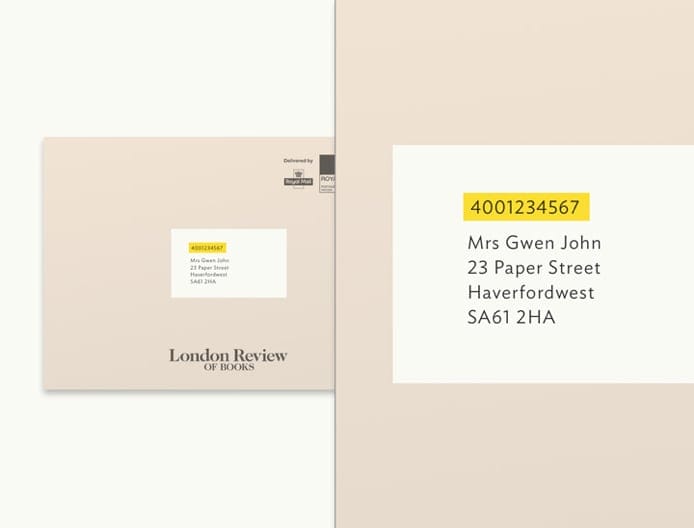Five weeks into the protests that erupted across Iran in response to the killing of Mahsa Amini, the floundering Iranian authorities thought it would be a good idea to put up a massive poster in central Tehran depicting dozens of eminent Iranian women as supporters of the mandatory wearing of the hijab. Photographs of academics, writers, directors, artists, actors and athletes were shown in a collage with the slogan ‘Women of Our Land’ which was plastered on the billboard the regime reserves for its most urgent public messaging, a massive structure towering over Valiasr Square. The display included such unlikely figures as the novelist Simin Daneshvar, who wore the hijab only after the revolution made it compulsory, depicted patriarchal oppression in her fiction, and is on record saying that she wished ‘the world was run by women’.
Within hours, several women demanded their images be removed. The existence of a photograph showing them with a headscarf did not mean they were pious or even that they respected the government; it simply meant they had observed the law. Parvaneh Kazemi, who has climbed Everest, posted on Instagram that she was angry ‘the name and image of us women are used only for abuse.’ The actor Fatemeh Motamed-Arya uploaded a furious video. She appeared bareheaded, and said that she was the mother of Mahsa Amini and Sarina Esmailzadeh, a teenager killed in the protests: ‘I am a mother of all the children who were killed in this land, not a woman in the land of murders.’ The son of another actor who was included in the collage pointed out that his mother had barely been tolerated by the clerical authorities when she was alive. A screenwriter noted on Instagram that one woman on the poster, the photojournalist Nooshin Jafari, was serving a prison sentence for ‘insulting state sanctities’. Overnight, the billboard vanished. It reflected, as the reformist journalist Abbas Abdi observed on Twitter, the ruling system’s ‘contradictory and blocked sensibility’, its wish to co-opt such women and its wish to impose morality policing at the same time.
More than two hundred people have been killed since the protests began in mid-September and the clerical authorities show no sign of relenting. Despite this, the demonstrators have reason to celebrate. On the streets and in daily life, they have defeated the state’s mandatory hijab policy, which is often described as the key pillar of clerical rule, but more tangibly is used as an instrument of policing whose function is control and distraction from the state of the country. Last month, I watched girls in central Tehran walking around with their hair showing, impressed by their ease and fearlessness. Some even sat on the marble steps of a mosque sipping melon juice and chatting, scarves down. Last week, an Iranian climber competed in an international competition with her hair uncovered. A crowd of ecstatic supporters gathered to meet her at the airport on her return to Tehran. The authorities’ imperious response to public anger was a serious miscalculation, sustaining the protests and leading them to grow more radical. Morality policing lies in ruins. No one knows what senior politicians are hearing from their wives, sisters and daughters, but never have the Islamic Republic’s political elite and its most dogmatic constituencies looked so divided at a time of crisis.
In Tehran, the nightly confrontations have spread into the squares and boulevards of northern areas, a sign that a less economically battered class is now also participating. In girls’ schools, the courage to scrawl a slogan on the blackboard is spreading to younger groups. Headteachers have been told to release girls one by one after school, in order to discourage gatherings and make it easier to spot any gestures of protest, and to remove the austere pictures of the revolution’s founders from classrooms, so that the girls can’t tear them down and stomp on them while their friends film them on their phones and upload the videos. As dissent winds its way through different age groups and neighbourhoods, the movement has remained remarkably steady: it hasn’t become destructive or violent, lost public sympathy or its radical feminist spirit. Previous protests in Iran have swiftly descended into destructive rioting, been viciously crushed or have petered out, driven by too narrow a grievance.
Send Letters To:
The Editor
London Review of Books,
28 Little Russell Street
London, WC1A 2HN
letters@lrb.co.uk
Please include name, address, and a telephone number.



